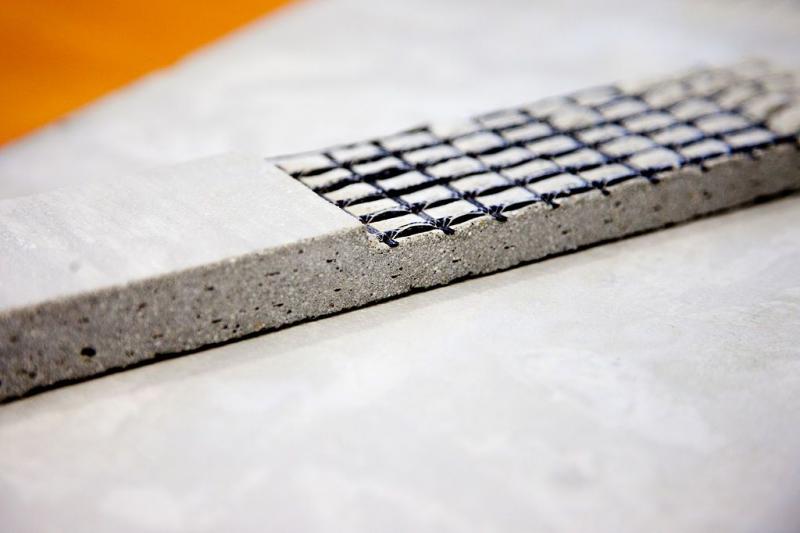Fiber Reinforced Concrete (FRC) represents a promising advancement in the construction industry. Combining the strength and versatility of concrete with the resilience and durability of various fiber types, FRC is emerging as a potential game-changer in future construction projects.
Concrete, as a traditional construction material, is renowned for its compressive strength. However, it falls short in terms of tensile strength and tends to be prone to cracking under tensile stress. This is where fiber reinforcement comes into play. By incorporating fibers into the concrete mix, the resulting FRC exhibits not only enhanced tensile and flexural strength, but also increased durability and crack resistance.
Different types of fibers, including steel, glass, synthetic, and natural fibers, can be used in the concrete mix, each offering its unique properties. Steel fibers, for instance, are ideal for enhancing load-bearing capacity and impact resistance. Glass fibers, on the other hand, are resistant to corrosion and offer superior aesthetic finishes. Synthetic fibers, like polypropylene and nylon, improve the durability and resistance to shrinkage cracking, while natural fibers offer an environmentally friendly option.
The advantages of FRC are manifold. Its increased tensile strength and durability can reduce the need for additional reinforcement, simplifying the construction process and reducing labor and material costs. Its crack resistance ensures longevity and reduces maintenance costs, making it a cost-effective choice in the long run. Moreover, the flexibility and versatility of FRC make it suitable for a wide range of applications, from roads, bridges, and buildings to precast elements and decorative structures.
According To Coherent Market Insights, The global Fiber Reinforced Concrete (FRC) Market was valued at US$ 2,330.40 Mn in 2020 and is forecast to reach a value of US$ 3705.00 Mn by 2028 at a CAGR of 5.64% between 2022 and 2028.
FRC also holds promise for sustainable construction. The use of natural fibers or recycled fibers in the concrete mix can reduce the environmental footprint of construction projects. Moreover, the durability and longevity of FRC mean fewer repairs and replacements, leading to more sustainable construction practices.
Despite its potential, the use of FRC also comes with challenges. The optimal fiber content, distribution, and orientation are critical to the performance of FRC and can be difficult to control. The cost of fibers, especially specialized or high-performance fibers, can also increase the initial cost of FRC, although the long-term benefits often offset this cost.
In conclusion, Fiber Reinforced Concrete (FRC) represents a significant stride towards the future of construction. With its enhanced properties and potential for sustainability, FRC is poised to redefine traditional construction practices. While challenges remain, continued research and development in this field are likely to optimize the use of FRC and cement its place in the future of the construction industry.
